This article was co-authored by wikiHow staff writer, Ali Garbacz. Our trained team of editors and researchers validate articles for accuracy and comprehensiveness.
wikiHow’s Content Management Team carefully monitors the work from our editorial staff to ensure that each article meets our high quality standards.
There are 9 references cited in this article, which can be found at the bottom of the page.
This article has been viewed 1,728 times.
Learn more...
As our understanding of people’s diverse sexual and romantic experiences expands, so too does our list of terms grow to help put these feelings into words and make them feel more concrete. Cupioromanticism is one such romantic orientation, and it’s a micro label that can be found along the aromantic spectrum. Whether you’re just now hearing this word for the first time, or if the word “cupioromantic” resonates with you on a more personal level, it’s important that we all take some time to learn about these unique experiences. Keep reading to learn all about cupioromanticism, what it means, and how to tell if you might be cupioromantic.
Things You Should Know
- Someone who is cupioromantic often desires a romantic relationship, but does not usually feel romantic attraction.
- Cupioromanticism is a micro label that falls along the aromantic spectrum.
- A cupioromantic might want a relationship for reasons other than romance, such as the intimacy, passion, and exclusivity that comes with a relationship.
- Signs you might be cupioromantic include not having many or any crushes, only liking the idea of romance in fiction, and avoiding people you think might want a relationship.
Steps
Warnings
- Keep in mind that romantic and sexual orientations and identities are based on people’s subjective experiences. It’s completely valid for someone’s feelings and desires to change or be more uncertain, since there’s no one way a person is supposed to feel.⧼thumbs_response⧽
References
- ↑ https://lgbt.appstate.edu/lgbt-identities-and-sexualities
- ↑ https://www.oulgbtq.org/what-do-asexual-aromantic-mean.html
- ↑ https://www.oulgbtq.org/what-do-asexual-aromantic-mean.html
- ↑ https://www.oulgbtq.org/what-do-asexual-aromantic-mean.html
- ↑ https://sitn.hms.harvard.edu/flash/2017/love-actually-science-behind-lust-attraction-companionship/
- ↑ https://www.oulgbtq.org/what-do-asexual-aromantic-mean.html
- ↑ https://www.oulgbtq.org/what-do-asexual-aromantic-mean.html
- ↑ https://lgbtq.unc.edu/resources/exploring-identities/asexuality-attraction-and-romantic-orientation/
- ↑ https://www.oulgbtq.org/what-do-asexual-aromantic-mean.html
- ↑ https://www.oulgbtq.org/what-do-asexual-aromantic-mean.html
- ↑ https://www.oulgbtq.org/what-do-asexual-aromantic-mean.html
- ↑ https://youtu.be/26PQSjkqL-I?t=138
- ↑ https://static1.squarespace.com/static/5cb6e4d565019f0c5aa6cf20/t/611faf0a37f7df3213b6b6a0/1629466424346/An+Introduction+to+Aromanticism+%28US%2FCA%29.pdf
- ↑ https://www.oulgbtq.org/what-do-asexual-aromantic-mean.html
- ↑ http://www.michianaglbtcenter.org/difference-aromantic-asexual/
- ↑ https://lgbtq.unc.edu/resources/exploring-identities/asexuality-attraction-and-romantic-orientation/
- ↑ https://static1.squarespace.com/static/5cb6e4d565019f0c5aa6cf20/t/611faf0a37f7df3213b6b6a0/1629466424346/An+Introduction+to+Aromanticism+%28US%2FCA%29.pdf
- ↑ https://static1.squarespace.com/static/5cb6e4d565019f0c5aa6cf20/t/611faffa02adbe45f9e3dd77/1629466618804/A%2BBeginners%2BGuide%2Bto%2BBeing%2Ban%2BAromantic%2BAlly%2B%28U.S_%2BCAN%29.pdf</ref.
- ↑ https://static1.squarespace.com/static/5cb6e4d565019f0c5aa6cf20/t/611fb04af45fa3067d8954ed/1629466699160/Amatonormativity%2B101%2B%28U.S_CAN%29.pdf
- ↑ https://rcsgd.sa.ucsb.edu/education/asexual-aromantic-education
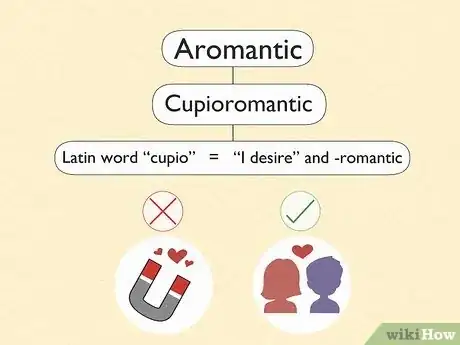
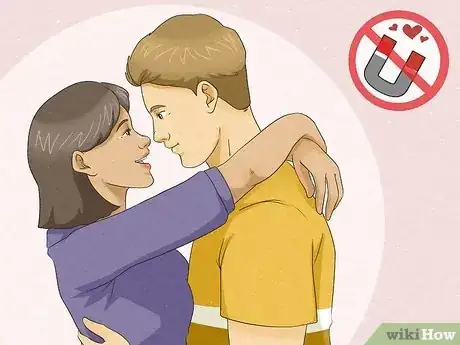
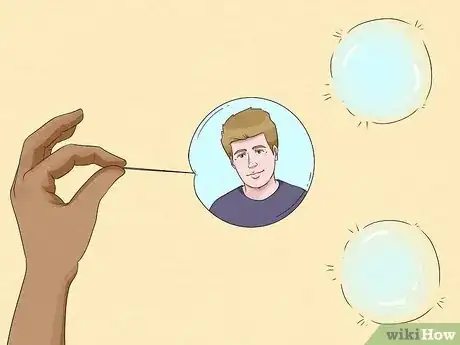
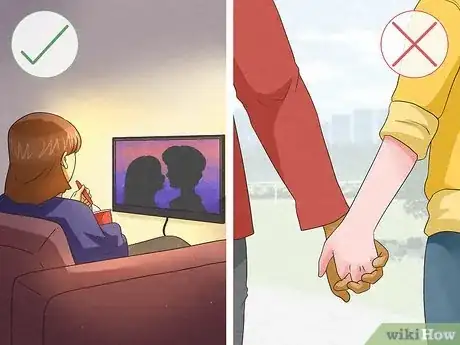
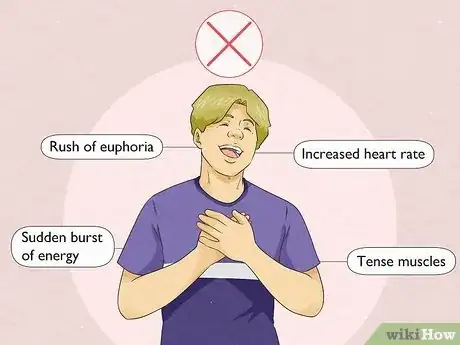
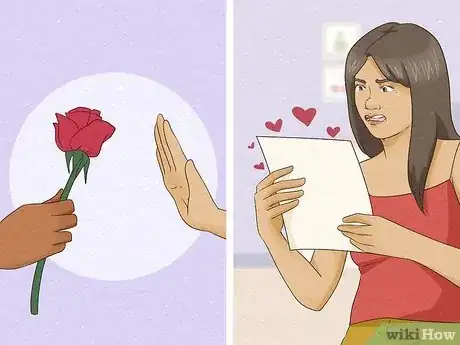
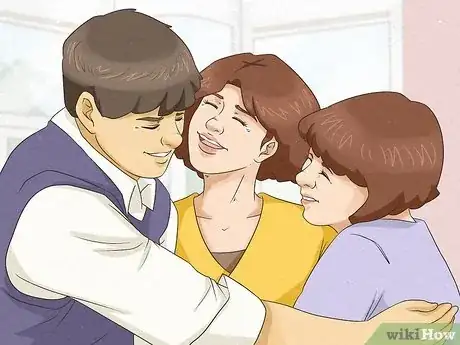
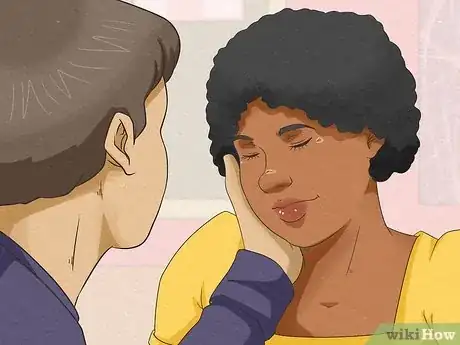



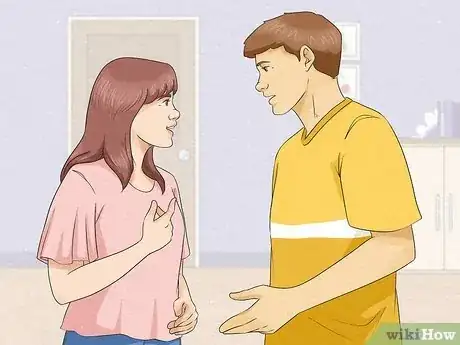
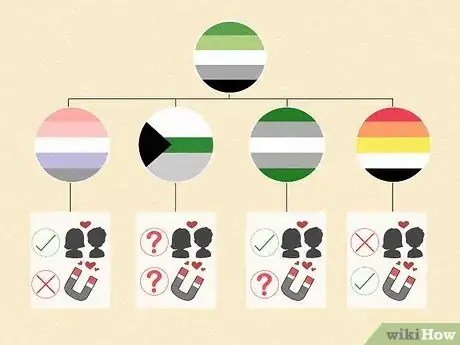

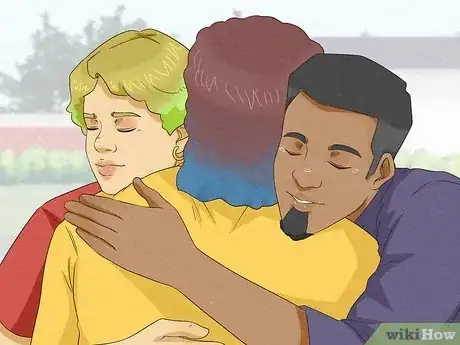



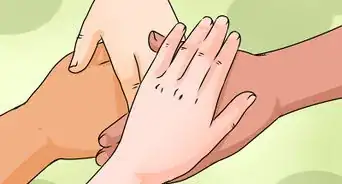


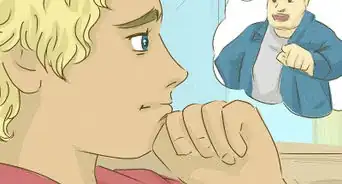
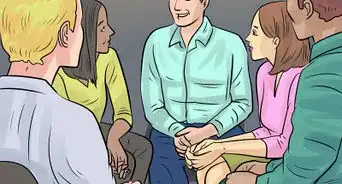

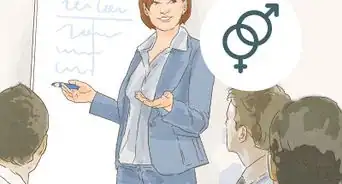














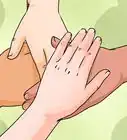



































wikiHow’s Content Management Team carefully monitors the work from our editorial staff to ensure that each article meets our high quality standards. This article has been viewed 1,728 times.